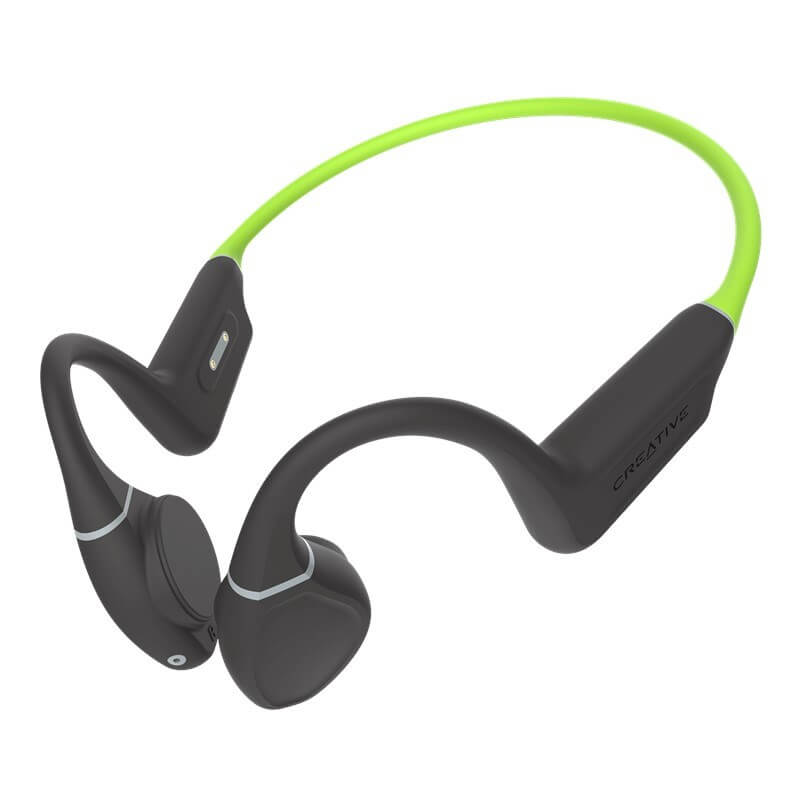
What are bone conduction headphones and how do they work?
It is a well-known fact now that listening to music too loudly via your headphones can ultimately lead to damage
Hearing aids are by far the number one choice for most people with a hearing loss. However, for those with a profound hearing loss, cochlear implants may be a better option as sometimes these people will not benefit from hearing aids. We have not often spoken here about cochlear implants so we thought now was the perfect opportunity to compare the 2 hearing devices. Both devices work to help people with a hearing loss communicate better and improve quality of life.
It is a common misconception that cochlear implants are just another form of hearing aid; this is not the case at all. Hearing aids and cochlear implants have varying purposes and are suitable for different people depending on their hearing loss. Cochlear implants are prescribed for people of all ages with severe to profound hearing loss. It is often thought that cochlear implants are only given to babies but they can be prescribed from newborn to elderly, often where hearing aids are no longer beneficial.
Cochlear implants are small devices that need to be surgically implanted in the inner ear. This is often done by an ENT surgeon. The implants stimulate the auditory nerve in order to create the sensation of sound. The implants have 2 parts; an external element which features a microphone, speech processor and transmitter and an internal element which features a receiver and an electrode tray. Each of the elements of the implant are connected through the use of a strong magnet. Sounds are collected by the microphone and processor and are then sent to the receiver. This then converts the sounds to electrical pulses that stimulate the auditory nerve and signals the brain to interpret the sound.
After cochlear implant surgery, patients will need additional support and guidance from speech language experts and audiologists in order to understand and correctly interpret the signals they are being sent via the technology. It takes a little bit of time to get used to using the implants; after around 3-6 months, people have often made significant progress in communication as well being able to interpret speech and sounds.
We have written often about how hearing aids work on this blog but to recap; hearing aids do not require any surgery and are devices worn in the ear canal. They are removable and are suited to those with less severe hearing loss than those who need cochlear implants. There are 3 parts to a hearing aid: a microphone, an amplifier and a speaker. The microphone receives and converts sound waves into electrical signals, the amplifier intensifies sounds around the hearing aid user, and the speaker helps send this intensified sound into the ear.
Hearing aids really are mini technological wonders with Bluetooth wireless connectivity and rechargeable options. They are exceptionally discreet and can even be virtually invisible if that is what the individual would like.
It really does depend on the individual as to whether hearing aids or cochlear implants are the device for them, but as always, if you would like some advice, please don’t hesitate to get in touch.

It is a well-known fact now that listening to music too loudly via your headphones can ultimately lead to damage

Fun fact… we actually hear with our brain and not our ears. Ears receive the sound and then send the

Things do go wrong from time to time with hearing aids. The most important thing is not to panic. There
Ftaħna l-ewwel klinika tagħna tal-arti tas-smigħ f’Malta fl-2018 wara li stabbilejna lilna nfusna fir-Renju Unit ukoll sa mill-2011. L-awdjologi tagħna huma rreġistrati mas-CPCM professjonisti kliniċi li jipprovdu l-aqwa kura klinika fl-hearing aids, testijiet tas-smigħ, tneħħija tax-xama’ tal-widnejn u tat-tinnitus.
© 2024 Veritas Hearing Ltd. All Rights Reserved.